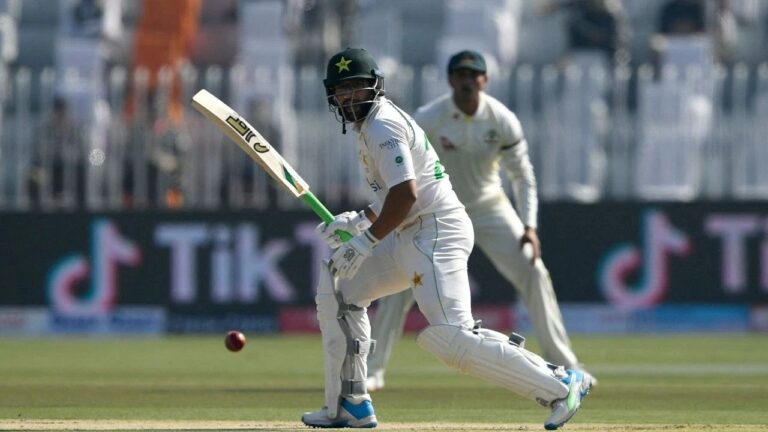Exploring the Relationship Between Cricket and Architecture
Play99exch, Allpaanel: Cricket grounds have long been shaped by architectural influences that date back centuries. The historical impact of architecture on these grounds can be seen in the design of pavilions, grandstands, and seating arrangements. These structures not only serve functional purposes but also add a sense of tradition and nostalgia to the overall ambiance of the venue.
The layout and construction of cricket grounds have evolved over time, reflecting the architectural trends and preferences of different eras. From the iconic members’ pavilions at Lord’s Cricket Ground to the circular shape of the Melbourne Cricket Ground, each architectural feature tells a story of the past. The historical influence of architecture on cricket grounds is not just about aesthetics; it also plays a crucial role in shaping the spectator experience and creating a unique sense of place for fans and players alike.
The Evolution of Cricket Stadium Design
Over the years, cricket stadium design has undergone significant transformations to meet the evolving needs of both players and spectators. From the basic layouts of early cricket fields to the modern, state-of-the-art stadiums, the evolution has been profound. Architects and designers have continuously strived to create venues that not only provide functional playing fields but also offer an enhanced experience for fans.
The introduction of covered stands, more comfortable seating arrangements, better amenities, and improved sightlines have all contributed to making cricket stadiums more appealing and fan-friendly. Additionally, advancements in technology have played a crucial role in shaping the design of modern stadiums, with features such as advanced lighting systems, giant screens for instant replays, and integrated sound systems becoming standard fixtures in most venues.
How Architecture Enhances the Spectator Experience at Cricket Matches
Cricket stadiums are not just about the game but also about the experience they offer to the spectators. The architecture of these venues plays a crucial role in enhancing the overall spectator experience. From the layout of the seating to the design of the concessions areas, every aspect of the architecture is carefully planned to ensure that spectators have a comfortable and enjoyable time at the match.
One way in which architecture enhances the spectator experience is through the use of modern technology. Many cricket stadiums now feature state-of-the-art audio and visual systems that enhance the viewing experience for spectators. These systems allow fans to feel more engaged with the game by providing them with instant replays, close-up shots of the action, and live commentary, all of which add to the excitement of being at the match.







